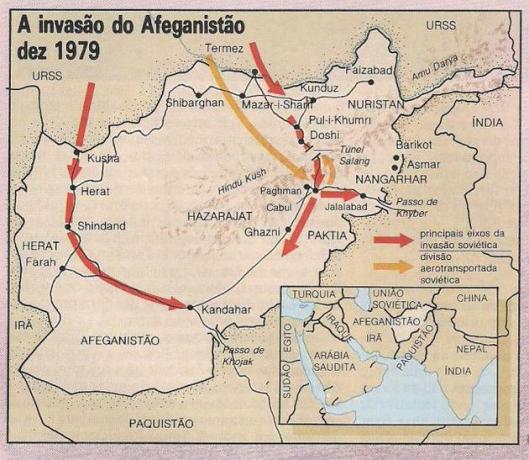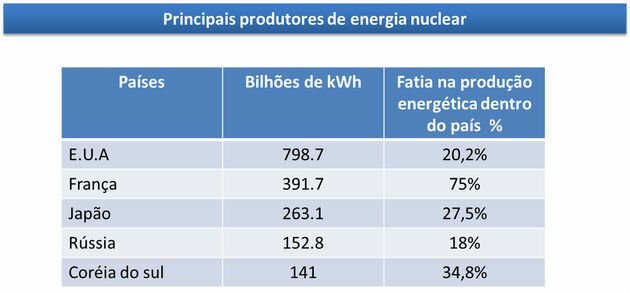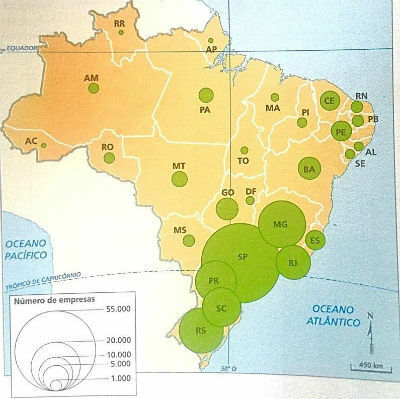The Earth performs various movements, one of which is rotation, during which it rotates around itself and that is why the entire face of the Earth receives sunlight.
Due to the spherical shape of planet Earth, the sun's rays fall in different ways in terms of intensity in different places on the planet. near the equator, or intertropical zone, the light hits the earth's surface perpendicularly, thus automatically increasing the intensity and the heat.
From the intertropical zone towards the poles, the rays, due to the rounded shape of the planet, strike the surface of these regions with less intensity, as they reach the planet in an inclined manner and, consequently, the temperatures are minors.
From this idea, it is clear that between two poles there is a large fluctuation in temperatures, mainly due to the mode and intensity with which the sun's rays fall on the surface, which determine the existence of high, low and medium temperatures dispersed throughout the entire length of the planet.
Do not stop now... There's more after the advertising ;)
To regionalize similar areas in terms of receiving sunlight, the globe was classified into five zones thermal zones, which are: tropical or intertropical zone, temperate zones, this one presents in the north and in the south, which also occurs in the zones polar.
Polar Zones: the sun's rays reach the Earth's surface in a very steep way, so temperatures are the lowest on Earth.
Temperate zones: the rays fall on the surface relatively inclined in relation to the intertropical zone, thus the temperatures are milder.
Tropical zone: areas that receive sunlight almost vertically on their surface, the fact produces regions with high temperatures, known as the torrid zone of the planet.
By Eduardo de Freitas
Graduated in Geography
Would you like to reference this text in a school or academic work? Look:
FREITAS, Eduardo de. "Thermal Zones of Earth"; Brazil School. Available in: https://brasilescola.uol.com.br/geografia/zonas-termicas-terra.htm. Accessed on June 27, 2021.
a) The intertropical zone receives a higher incidence of light than the polar zones, but with less intensity compared to temperate zones.
b) The temperate zones, in a certain period of the year, register lower temperatures in relation to the Earth's polar zones.
c) The closer a location is to the Greenwich Meridian, the greater its exposure to sunlight.
d) The intertropical zone usually registers high temperatures as it is located close to the Equator, the Earth's zone where the sun's rays fall perpendicularly.
If there are those who are bothered by the low temperatures and flee from winter, there is also a growing search for the Nordic countries. With temperatures that can reach -40°C during the winter, Finland is a destination that attracts precisely because of the cold and the desire to go to a place outside the traditional tourist route.
As the Finnish Tourist Board itself indicates on its website, the country is for those who want to take refuge, escape from crowded places and established routes and enjoy the cold, snow and nature. It is common for travel agencies to offer packages that include, in addition to the Finnish capital, Helsinki, the Scandinavian countries (Denmark, Norway and Sweden) and Russia. Plans like these can vary between 2,000 and 3,000 euros for two-week trips, with one or two days in Helsinki [...].
It is known that, in addition to regional factors, the main element that promotes low temperatures and favors "winter tourism" in countries such as Finland, Sweden, Norway and Russia is:
a) the position of these countries at low latitudes, due to their proximity to the poles.
b) position of these countries at high latitudes, as in these places the sun's rays always fall in an inclined way.
c) the position of these countries in temperate regions located in mountain ranges, where altitude becomes a decisive factor for lowering temperatures.



